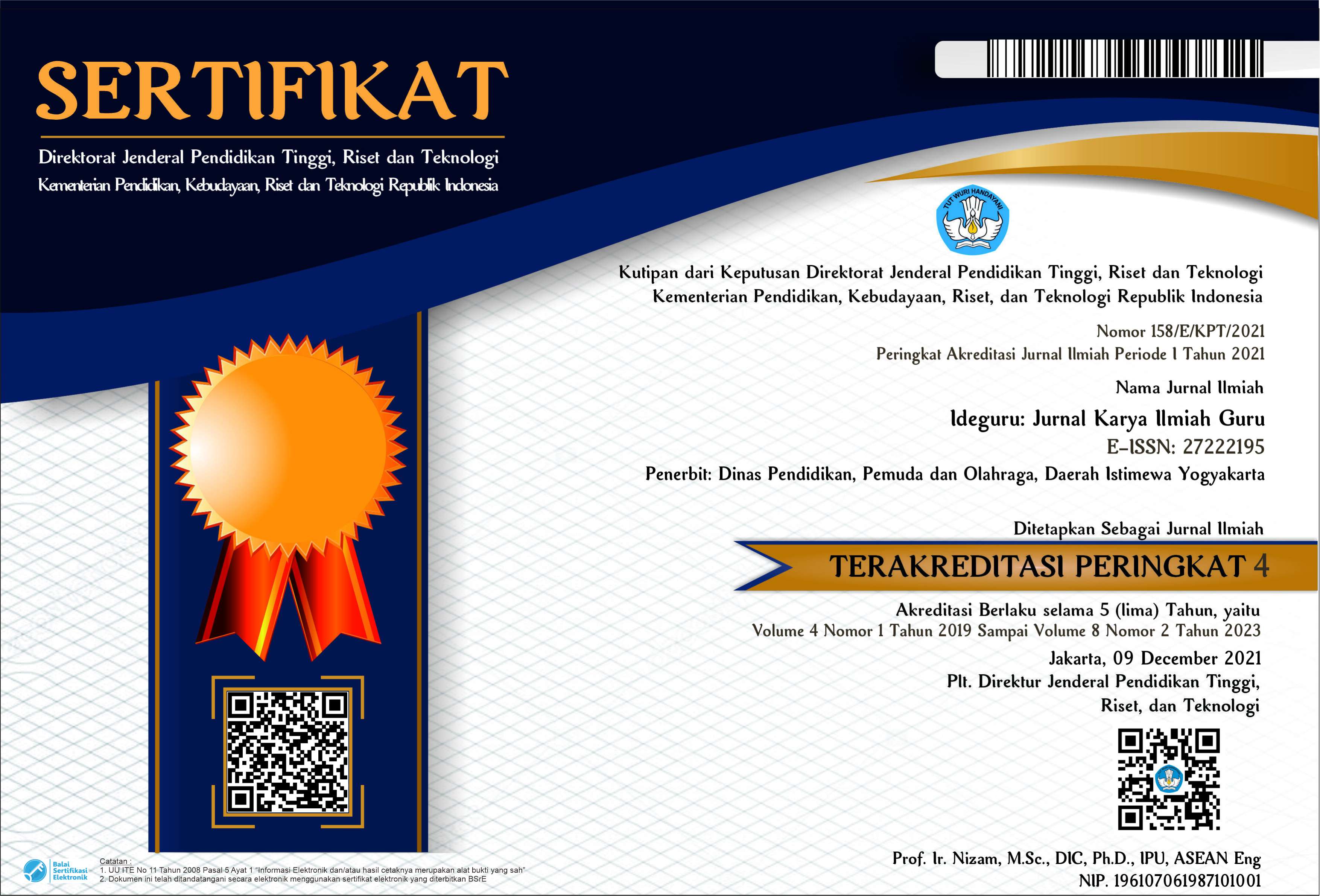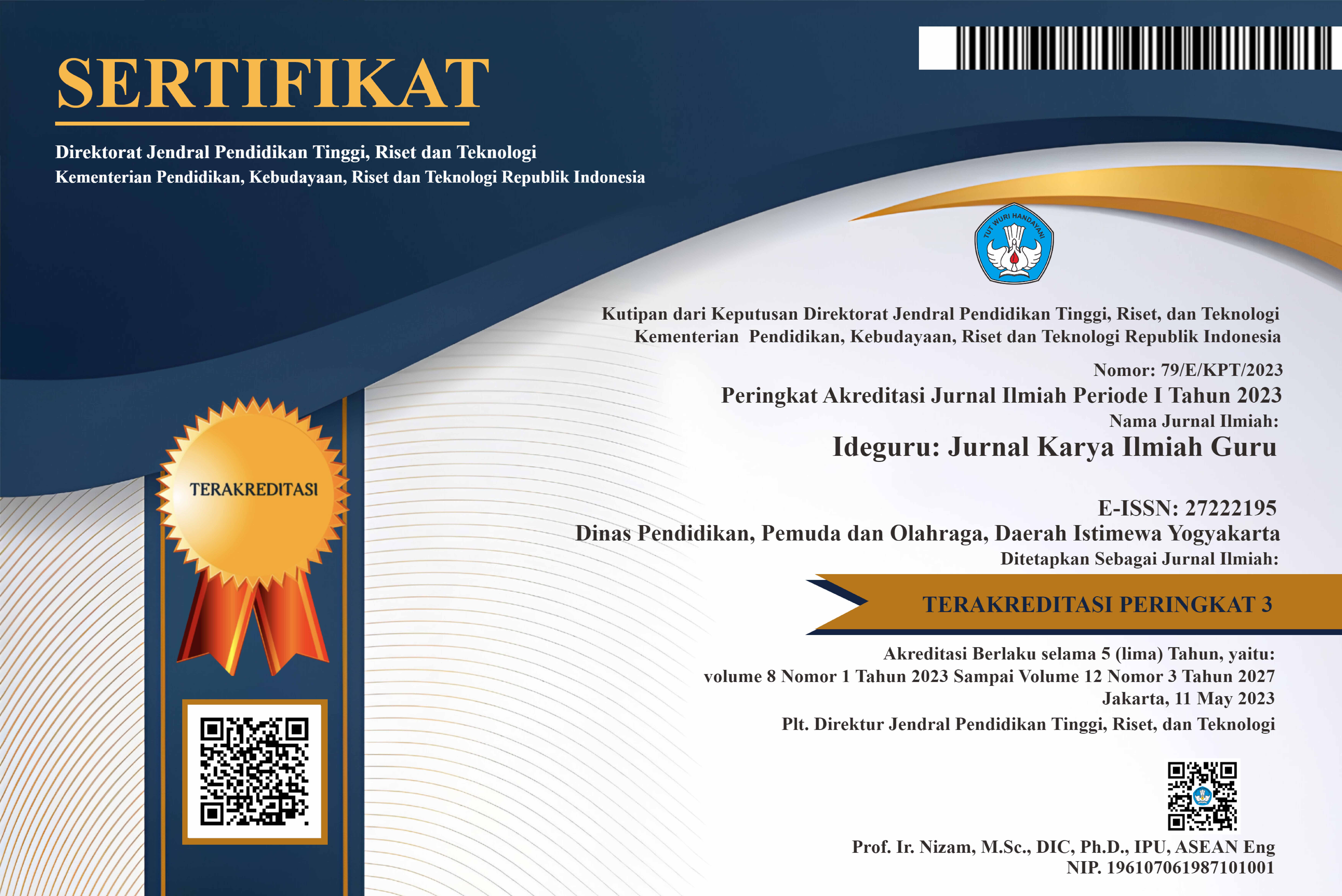Implementasi Pembelajaran Berdiferensiasi dalam Upaya Pemenuhan Kebutuhan Belajar Murid pada Mata Pelajaran IPS
Abstract
Differentiated learning is an effort made to align the learning process in the classroom to meet the learning needs of each student. Student needs are grouped into three aspects, namely; Learning Readiness (Readiness), Student Interests and Learning profile. The existence of differentiated learning facilitates a diverse classroom atmosphere by providing space to obtain content, process ideas and improve the learning achievement of each student, so that students can learn optimally. This research was conducted to find out about how differentiated learning is implemented in an effort to fulfill the learning needs of students at SMP Negeri 1 Palmatak in social studies subjects, so the focus of this research is social studies teachers and school principals. The research method used is a qualitative method - descriptive. The results of the research show that the implementation of differentiated learning in an effort to fulfill students' learning needs at SMPN 1 Palmatak, especially in social studies subjects, has been carried out by starting an agnostic test to determine the students' learning needs, learning interests and learning profiles. The implementation carried out has not been carried out optimally because differentiated learning is new for them. However, the implementation of differentiated learning is starting to be carried out with an approach to content aspects, process aspects and product aspects.
PDF Downloads
Copyright (c) 2024 La Musa, Dyah Kumalasari

This work is licensed under a Creative Commons Attribution 4.0 International License.

 DOI:
DOI:














